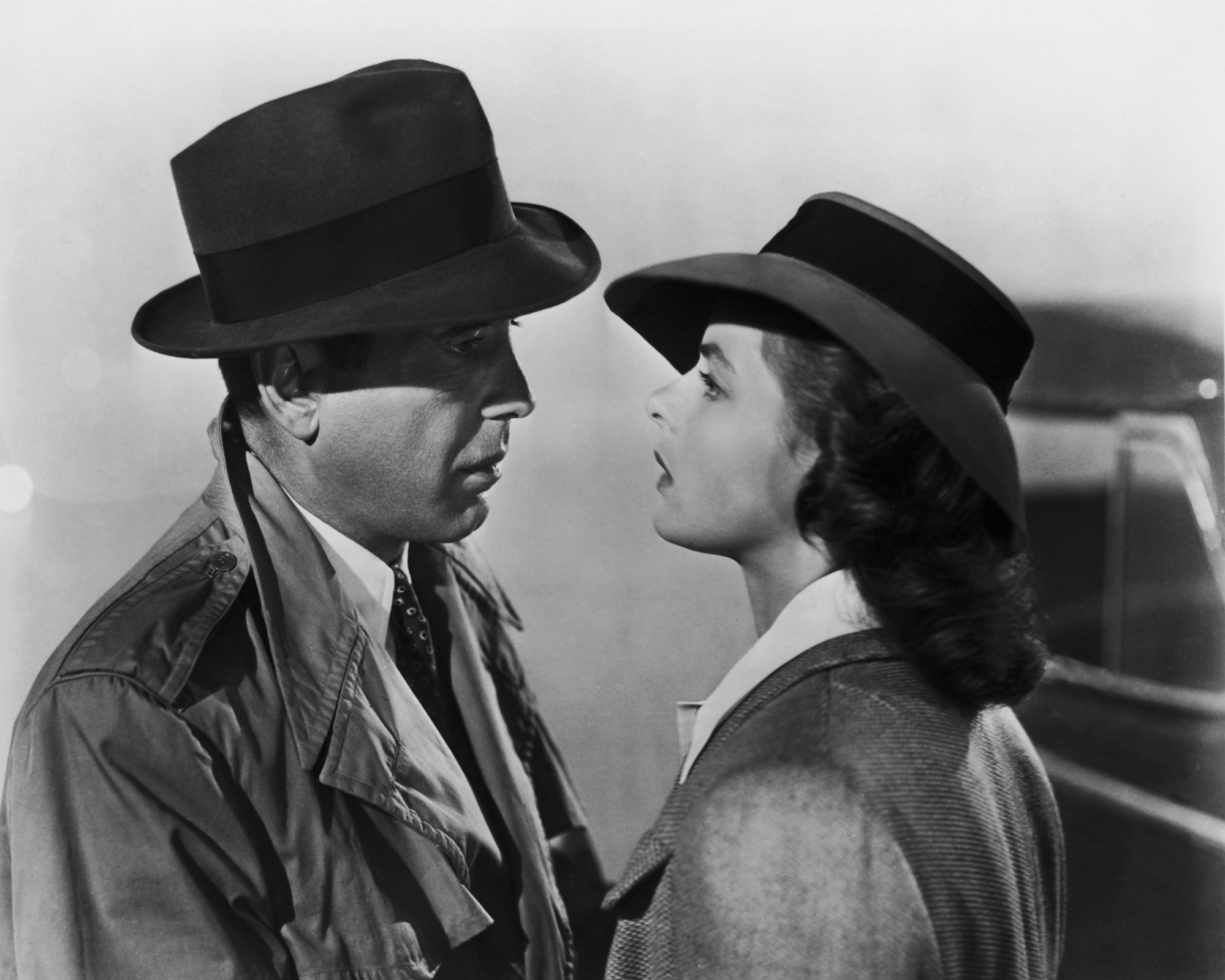
- Industry
Dangerous Beauty: Nitrate Films Return To Hollywood, Thanks To The HFPA
On a recent evening an unusual cinematic event took place in Hollywood thanks to a generous $350,000 grant given by the Hollywood Foreign Press Association to the American Cinematheque – for the first time in more than half a century, movie enthusiasts watched a public projection of a film made of a dangerous and explosive material, nitrate. Today nitrate is an obscure material, in little use. But in the first half of the last century it made the movie industry possible. All films, be it for taking pictures or for projecting them on a screen, were made of a light-sensitive emulsion spread evenly over a strip of nitrate film. And nitrate was the first material to be flexible, strong and transparent enough to carry motion picture frames thru the wheels and gates of a movie projector.
Eastman Kodak was the first to make that film and sell it to the public, in the 1880s. When projected onto a screen, it created luminous, sharp and subtle images, but at a price. Nitrate is extremely flammable when it is fresh, and with age it rapidly loses its brilliance, becoming a gooey mess, yet still flammable and a source of explosive gases, before the film turns, literally, to dust.
The extreme heat generated by movie projectors often ignited the nitrate film that ran through them, and several such incidents killed and injured movie patrons by fire, smoke, or the resulting stampede. Director Giuseppe Tornatore's Golden Globe winner for Best Foreign Movie, Cinema Paradiso (Italy, 1988) recreated such an incident, in the story of the friendship of a boy and a movie house projectionist in a small town, when movies were on nitrate. Even after the movie industry switched to a safe, acetate-based film stock around 1950, the nitrate danger kept haunting it. In 1978 the national film archives in Washington and the Kodak collection in the George Eastman House had their nitrate films auto-ignite, with a tremendous loss of irreplaceable movies.
The only way to project historical nitrate prints today, is to do so in a specially built, fire-and-explosion proof projection booth, which few film preservation and exhibition institutes can afford.
This is why the preservation-minded HFPA teamed with the American Cinematheque, headquartered in the historic Egyptian Theater (1922) in Hollywood, and donated the funds to build a modern, safe nitrate projection booth. Nitrate film is classified as "dangerous goods", which requires licenses for storage and transportation. Nitrate prints must be stored separately in a fireproof room, the movie theater has to pass rigorous safety standards and precautions before being certified to show nitrate films; this includes a fireproof projection booth, fire chambers surrounding the feed and take-up reels, and several fire extinguishers built into the projector and aimed at the projector's film gate.
The inaugural screening was held November 7, in the main auditorium, for a full house of invited guests. HFPA president, Lorenzo Soria, told the audience that the HFPA has a "longstanding commitment to film history,"… having contributed "nearly 5 million dollars for film preservation projects". Indeed many of the almost 100 titles restored with HFPA funding were made during the nitrate era, and thus were in great danger, classic movies such as Ben Hur (1925), King Kong (1933), Red Shoes (1948) or The Ten Commandments (1923). Continued Soria: " We are thrilled to help make the project a reality. It's a natural extension of the HFPA's love of cinema, and our belief that great films should be presented the way they were meant to be experienced: on film. On the big screen."
The idea to retrofit the Egyptian's projection booth for nitrate came from director and screen writer Alexander Payne, who is a board member of the Film Foundation and a long time advocate of film preservation. Payne was nominated seven times for Golden Globe awards and won twice in the screenwriting category, in 2002 for About Schmidt and in 2005 for Sideways. Payne said that he first saw nitrate film in Eastman House, and "thought that nitrate is magic… Tonight the magic will live in nitrate projection. This may be the last generation to see the nitrate print, but for now we can have the same pleasure that the Eastman House has – seeing nitrate films." The Film Foundation, he said, discussed which nitrate film to choose for the evening, and having settled on Casablanca (1942), borrowing the last nitrate print from the Museum of Modern Art in New York. "Everyone has seen Casablanca on other screens, other materials. But it is the best film to show here, on nitrate, precisely because everybody knows it."
The audience applauded the mention of Casablanca, and each lead star was greeted with a thunderous applause as they first appeared on the screen, in their exquisitely photographed black and white, nitrate glory.
Here is looking at you, nitrate.

